Best Bash Scripting Tools to Buy in December 2025

Linux Basics for Hackers: Getting Started with Networking, Scripting, and Security in Kali


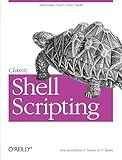
Classic Shell Scripting


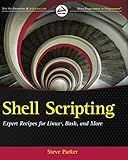
Shell Scripting: Expert Recipes for Linux, Bash, and more


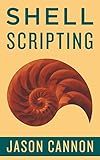
Shell Scripting: How to Automate Command Line Tasks Using Bash Scripting and Shell Programming


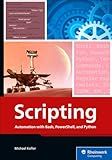
Scripting: Automation with Bash, PowerShell, and Python—Automate Everyday IT Tasks from Backups to Web Scraping in Just a Few Lines of Code (Rheinwerk Computing)



BASH Guide


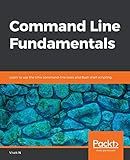
Command Line Fundamentals: Learn to use the Unix command-line tools and Bash shell scripting


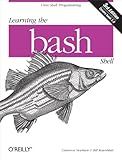
Learning the bash Shell: Unix Shell Programming (In a Nutshell (O'Reilly))



Mastering Shell for DevOps: Automate, streamline, and secure DevOps workflows with modern shell scripting


To get the value from a text file for a particular string in bash, you can use the grep command along with some text processing commands like awk or cut.
Here's a simple example:
value=$(grep "search_string" file.txt | awk '{print $2}') echo $value
In this example, we are searching for the "search_string" in the file.txt and then using awk to extract the value associated with that string (assuming it's in the second column). Finally, we are storing that value in the variable "value" and printing it out.
You can customize this command based on the format of your text file and the location of the value you want to extract.
What is the popular technique to remove duplicates from a txt file in bash?
The popular technique to remove duplicates from a text file in bash is to use the 'sort' and 'uniq' commands in combination.
You can use the following command to remove duplicates from a txt file:
sort file.txt | uniq > output.txt
This command sorts the lines in the file and then removes any duplicates using the uniq command. The unique lines are then redirected to an output file.
What is the usual way to delete a specific line in a txt file in bash?
The usual way to delete a specific line in a text file in bash is by using the sed command with the -i flag. The syntax is as follows:
sed -i 'Nd' file.txt
where N is the line number you want to delete and file.txt is the name of the text file.
For example, to delete line 3 in a file named example.txt, you would use the following command:
sed -i '3d' example.txt
This command will delete line 3 in the file example.txt and save the changes to the file.
How to replace a string in a txt file in bash?
To replace a string in a text file using bash, you can use the sed command. Here is an example of how you can do this:
- Open your terminal.
- Use the following command to replace a string in a text file:
sed -i 's/old_string/new_string/g' filename.txt
Replace old_string with the string you want to replace and new_string with the string you want to replace it with. Replace filename.txt with the name of the text file you want to modify.
For example, if you want to replace the word "hello" with "goodbye" in a file named example.txt, you would use the following command:
sed -i 's/hello/goodbye/g' example.txt
This will replace all occurrences of the string "hello" with "goodbye" in the file.
What is the easiest way to extract specific data from a txt file in bash?
One of the easiest ways to extract specific data from a txt file in bash is by using the grep command.
For example, if you want to extract all lines containing a specific keyword "example" from a file called "data.txt", you can use the following command:
grep "example" data.txt
This will display all lines in the file that contain the keyword "example".
You can also extract specific data based on patterns using regular expressions with the grep command.
For example, if you want to extract all lines in a file that start with the word "Hello", you can use the following command:
grep "^Hello" data.txt
This will display all lines in the file that start with "Hello".
You can also further manipulate and extract specific data using additional tools such as awk or sed. These tools provide more advanced text manipulation capabilities for extracting and processing specific data from text files in bash.
How to extract lines between two patterns in a txt file in bash?
You can use the following command in bash to extract lines between two patterns in a txt file:
sed -n '/pattern1/,/pattern2/p' file.txt
Replace pattern1 and pattern2 with the actual patterns you want to use. This command will print all lines between pattern1 and pattern2 in the file file.txt.
How to read a txt file in bash?
To read the contents of a txt file in bash, you can use the cat command followed by the filename. For example, if you have a file named example.txt, you can read its contents by running the following command in the terminal:
cat example.txt
This will display the contents of the example.txt file in the terminal. If you want to store the contents of the file in a variable, you can use command substitution as follows:
file_contents=$(<example.txt) echo "$file_contents"
This will store the contents of the example.txt file in the file_contents variable and then print it to the terminal.
Alternatively, you can also use the while loop in bash to read the file line by line:
while IFS= read -r line; do echo "$line" done < example.txt
This will read each line of the example.txt file and print it to the terminal.
